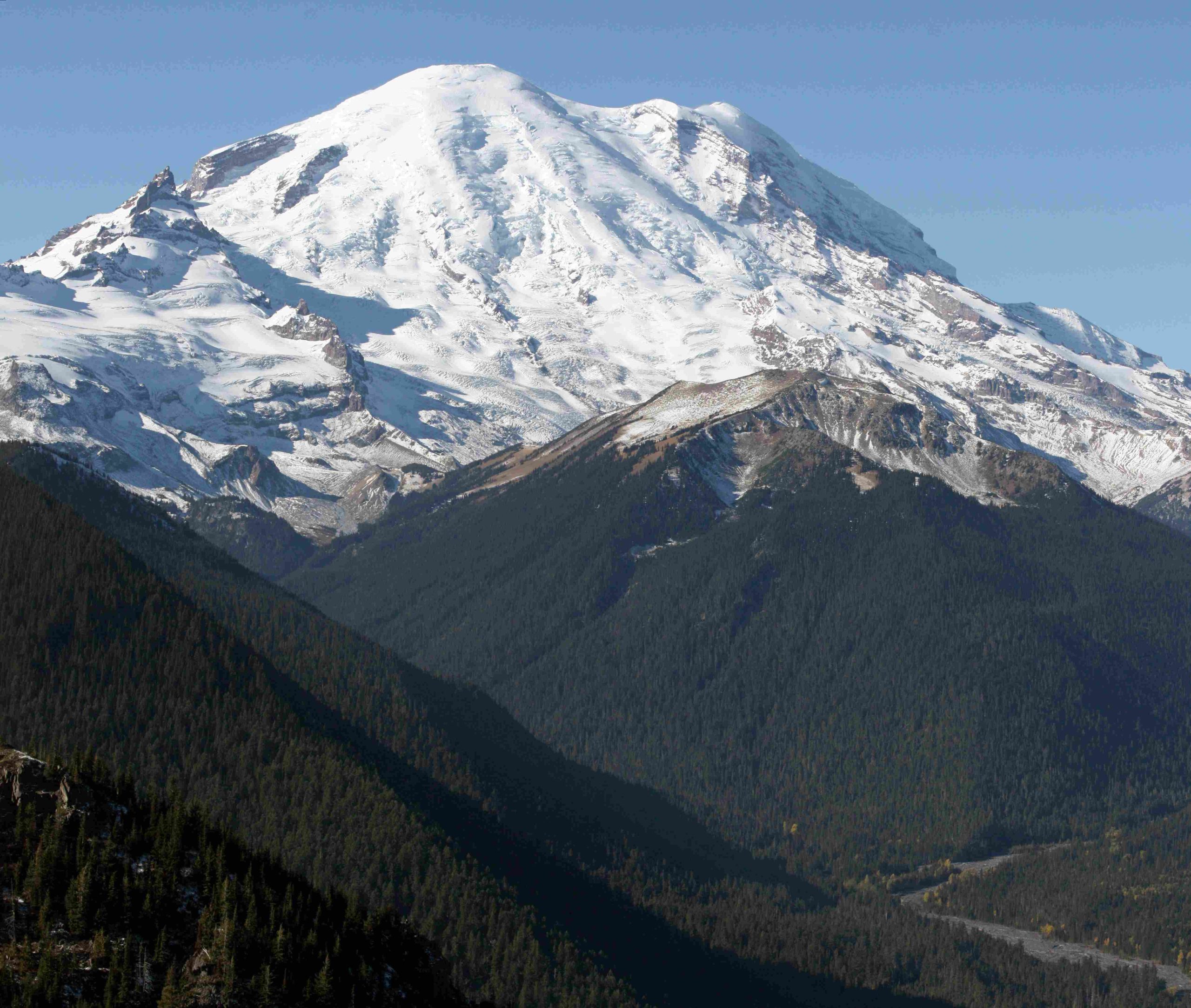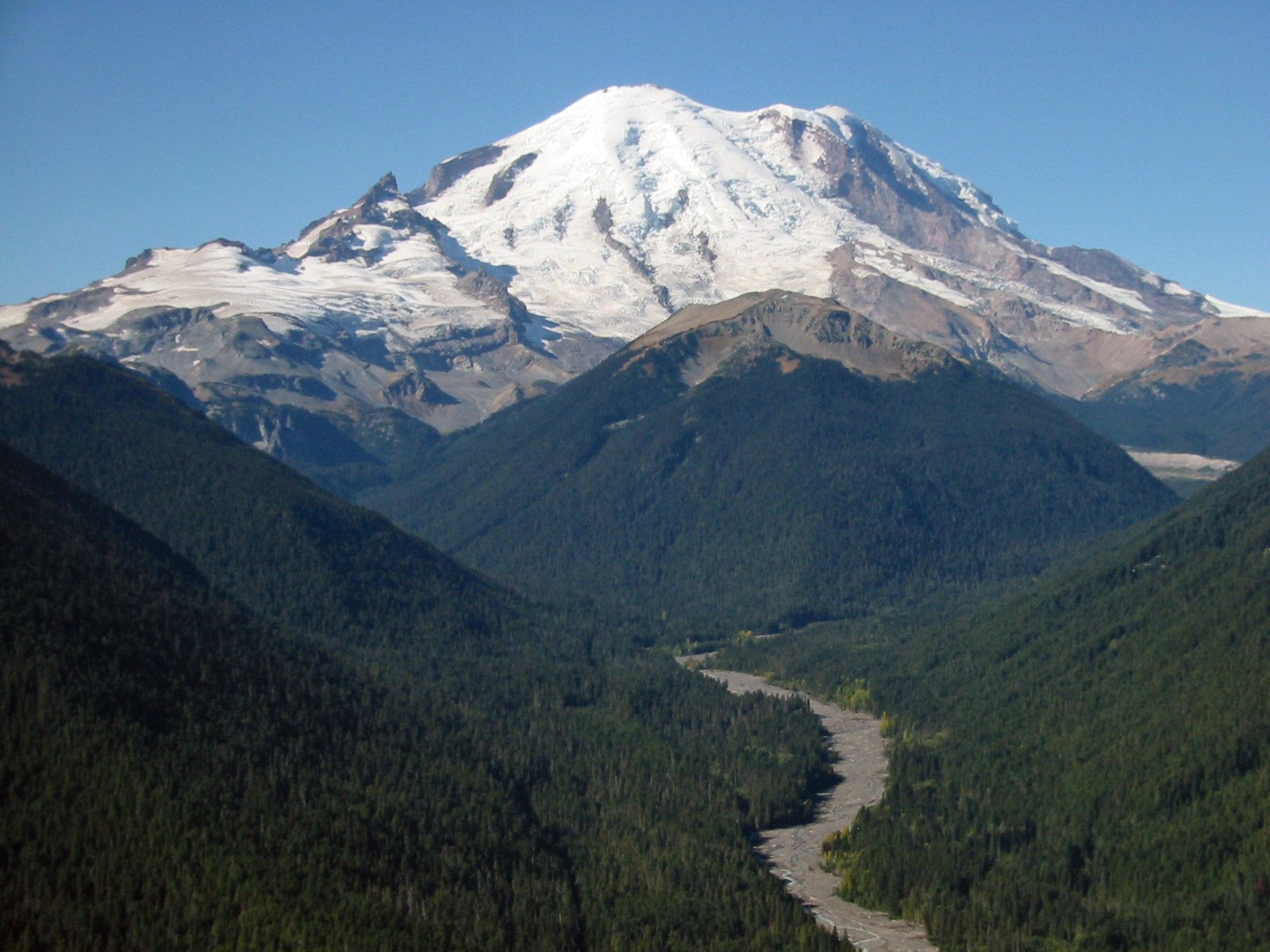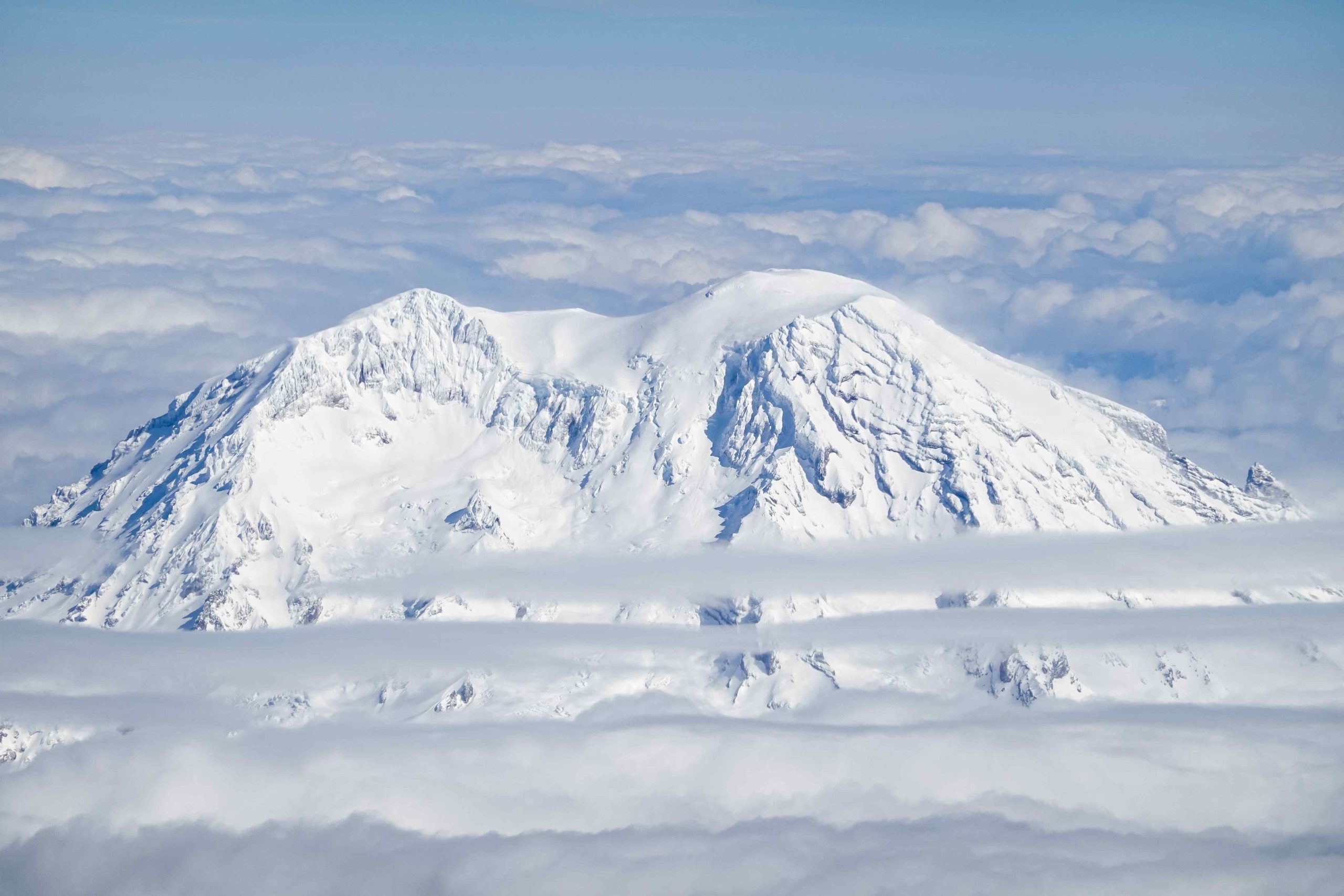Mount Rainier National Park, an iconic outdoor destination in Washington State, offers a diverse range of activities for nature enthusiasts. From challenging hikes to serene camping spots, the park provides breathtaking views of its namesake 14,411-foot stratovolcano. This guide covers essential information for planning your outdoor project at Mount Rainier, including popular trails, camping options, wildlife viewing opportunities, and photography tips.
What Are the Must-Do Hikes in Mount Rainier National Park?

Mount Rainier National Park boasts an extensive network of trails catering to various skill levels. Here are some of the most popular hikes:
- Skyline Trail
- Distance: 6.2 miles (loop)
- Difficulty: Strenuous
- Elevation Gain: 1,900 feet
-
Highlights: Myrtle Falls, Panorama Point, 360-degree views of the Cascade Mountains
-
Burroughs Mountain Trail
- Distance: 9.4 miles (loop)
- Difficulty: Strenuous
-
Highlights: Barren alpine landscape, views of Mount Rainier and the Nisqually Glacier
-
Naches Peak Loop
- Distance: 3.3 miles (loop)
- Difficulty: Moderate
- Elevation Gain: 600 feet
-
Highlights: Tipsoo Lake, wildflowers, and views of Mount Rainier
-
Bench and Snow Lakes
- Distance: 2.2 miles (loop)
- Difficulty: Easy to moderate
- Elevation Gain: 446 feet
-
Highlights: Bench Lake, Snow Lake, reflections of Mount Rainier
-
Summerland Trail
- Distance: 10.1 miles (out and back)
- Difficulty: Moderate to difficult
- Elevation Gain: 2,595 feet
- Highlights: Fields of wildflowers, meadows, Panhandle Gap, views of Mount Rainier
Where Are the Best Camping Sites in Mount Rainier National Park?

For those looking to immerse themselves in the park’s natural beauty, Mount Rainier offers several camping options:
- Cougar Rock Campground
- Sites: 173 individual, 5 group
- Reservations: Available through recreation.gov
- Amenities: Restrooms, potable water, picnic tables, fire pits
-
Location: Near Paradise, close to popular hiking trails
-
Ohanapecosh Campground
- Sites: 188 individual
- Reservations: Available through recreation.gov
- Amenities: Restrooms, potable water, picnic tables, fire pits
-
Location: Southeastern part of the park, near family-friendly hikes
-
White River Campground
- Sites: 112 individual
- Reservations: First-come, first-served
- Amenities: Restrooms, potable water, picnic tables, fire pits
-
Location: Near Sunrise area, close to popular trails
-
Mowich Lake Campground
- Sites: 10 walk-in (no reservations)
- Amenities: Vault toilets, no potable water, picnic tables, fire pits
- Location: Near Mowich Lake and Tolmie Peak Trail
How Can Visitors Best Experience Wildlife in Mount Rainier National Park?
Mount Rainier is home to diverse wildlife, including mountain goats, marmots, pikas, and foxes. Here are some tips for wildlife viewing:
Best Locations
- Summerland Trail: Known for marmots and mountain goats
- Mount Fremont Lookout Trail: Often sees mountain goats
- Skyline Trail: Diverse wildlife including marmots, pikas, and sometimes foxes
Optimal Viewing Times
Early morning and late afternoon are the best times for spotting wildlife as they are more active during these periods.
Guidelines for Responsible Wildlife Viewing
- Maintain a safe distance from animals
- Never feed wildlife
- Stay on designated trails to avoid disturbing habitats
What Are the Best Photography Tips for Mount Rainier National Park?
Capturing the beauty of Mount Rainier requires some planning and skill. Here are some expert tips:
Best Times for Photography
- Sunrise and sunset offer the best lighting conditions, enhancing colors and textures of the landscape
Recommended Viewpoints
- Panorama Point on the Skyline Trail: 360-degree views of the Cascade Mountains
- Reflection Lakes: Stunning reflections of Mount Rainier on calm days
- Sourdough Ridge: Unobstructed views of Mount Rainier
Photography Permits
- General photography: No special permits required
- Commercial photography: Requires a commercial use authorization permit from the park service
What Should Visitors Know About Park Regulations and Safety?
When planning your outdoor project at Mount Rainier National Park, keep these important points in mind:
- Park Entrance Fees: Check the official National Park Service website for current fees and pass options
- Weather Conditions: Be prepared for rapidly changing weather, especially at higher elevations
- Leave No Trace: Practice responsible outdoor ethics to preserve the park’s natural beauty
- Emergency Preparedness: Carry essential supplies and inform someone of your plans before heading out on trails
- Wildlife Safety: Keep a safe distance from all wildlife and store food properly to avoid attracting animals to campsites
By following these guidelines and tips, visitors can make the most of their outdoor project at Mount Rainier National Park while respecting its natural wonders and ensuring a safe, enjoyable experience.
References:
1. Wheatless Wanderlust – Hiking In Mount Rainier National Park
2. Earth Trekkers – 15 Epic Hikes in Mount Rainier National Park
3. Uprooted Traveler – The 13 Best Mt. Rainier Hikes
4. National Park Service – Mount Rainier
5. Washington Trails Association – Mount Rainier Area

